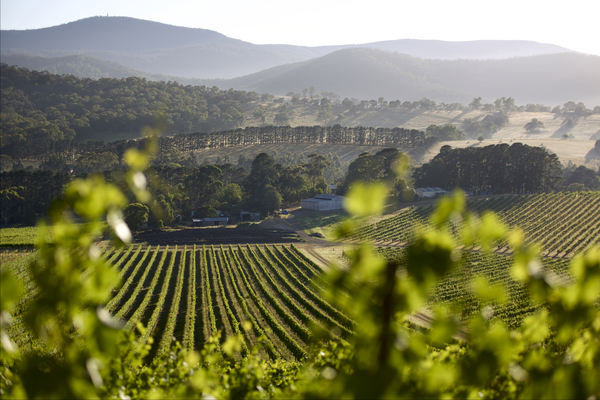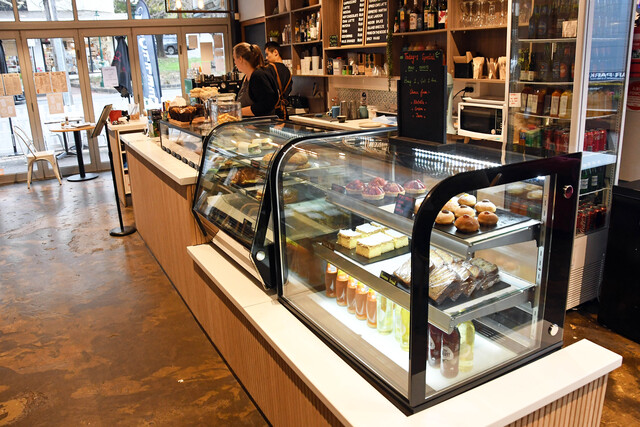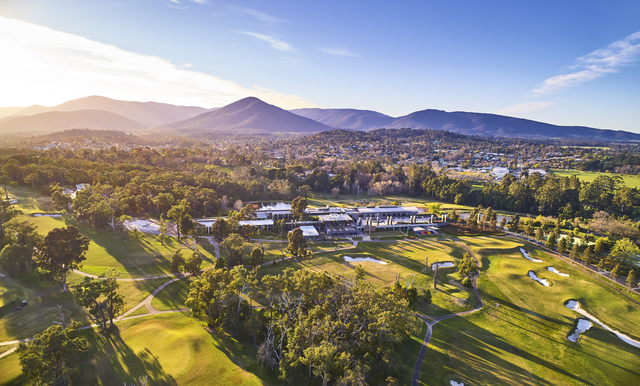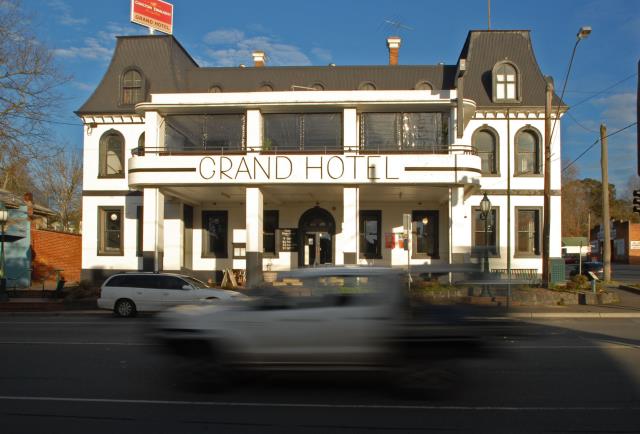The Yarra Valley was Victoria’s first wine growing district.
The Yarra Valley Wine Growers Association or Wine Yarra Valley – a non-profit industry association – said the region’s history in wine stretched back nearly 180 years.
The first vines were planted in 1838, production ceased in 1921 due to increased demand for fortified, and replanting started in the late 1960s.
The Yarra Valley is now recognised as one of Australia’s top cool climate wine producing regions.
Wine Yarra Valley said soil and climate conditions led to wines of quality and finesse with an old world and foodie calmness and elegance.
The region is broadly cool-climate wine country but the climate, soil and aspects vary greatly within valley.
This means the wines do, too.
Chardonnay is widely regarded as the Yarra Valley’s premium grape variety, according to Wine Yarra Valley.
More wine drinkers are returning to chardonnay as a new, lighter in weight and less oaky style emerges.
Most of the valley’s sauvignon blancs have roundness and fruit generosity that sets them apart from their New Zealand counterparts, Wine Yarra Valley said.
Pinot grigio tends to be a lighter, dryer and crisper style of white wine while pinot gris is rounder, richer and more fruit-rich.
Marsanne, roussanne and viognier are grown in small amounts in the Yarra Valley.
Semillon and muscadelle are also grown but are generally blended with sauvignon blanc, and other white varieties include arneis, chenin blanc, gewurtztraminer, Riesling and gruner veltliner.
Premium sparkling wines tend to be associated with prime chardonnay and pinot noir regions, like the Yarra Valley.
Wines with more chardonnay and a relatively shorter aging period will be fresher, lighter and crisper, Wine Yarra Valley said.
Those with more pinot noir or extended aging might be richer, fuller bodied and more yeasty.
Rose is not quite white, not quite red and Yarra Valley producers typically make drier versions that are soft and refreshing.
The pinot noir grape variety produces the most sought-after red wines from the Yarra Valley.
According to Wine Yarra Valley, these wines can be perfumed and aromatic, more fruity, savoury and earthy, or densely flavoured and structured.
With few exceptions, cabernet sauvignon is most suited to the warmer Yarra Valley sites, along the Maroondah and Melba highways.
Wine Yarra Valley said the best local examples had an aromatic character and an elegance that was rarely found in fuller bodied reds from warmer Australian regions.
Warmer, lower altitude vineyards also seem more suited to shiraz or syrah.
Yarra syrah is more medium-bodied and can be intensely savoury, a little smoky and a little like fermented meats and olives.
Other producers make a richer, more shiraz-like style that’s more elegant than warmer-region reds.
Other red varieties grown in smaller quantities include the lighter-bodied pinot meunier, gamay, brachetto and grenache, and the medium to fuller-bodied tempranillo, merlot, sangiovese and nebbiolo.








